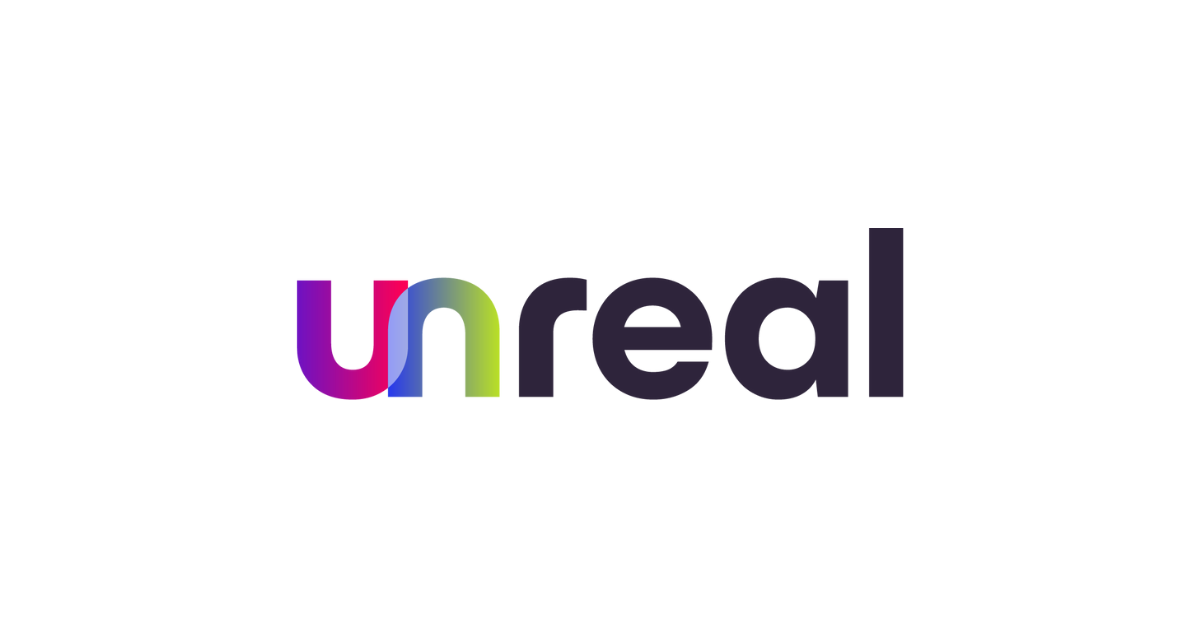Types of B2B Influencers and How To Use Them
The growing love for influencer marketing is finding its way into B2B strategies in every industry, but it’s important to understand the different types of B2B influencers and how to use them so your brand is set up for success.
Types of influencers
Various types of influencers can help you reach the hearts and minds of your target audience.
Some types will require more time, resources, and money than others, so choosing a particular influencer approach will depend on what aligns with your company’s goals.
1. Media
Requires top-tier of your budget and mid- to top-tier of your time and resources.
The media can include blogs or online publications and trade magazines. If you have existing relationships with writers, bloggers, or editors in your industry, you have an opportunity to gain a different perspective on how to reach a persona or buyer — get input on hot topics and trends. Working with media brands can be a win-win situation — online publications and magazines or blogs are always searching for more outlets for releasing more content across a variety of industries.
2. Industry experts, analysts, and consultants
Requires top-tier of your budget and mid- to top-tier of your time and resources.
Data and research are key to keeping a pulse on trends and predictions of new products, services, technologies, and companies. Although pricey, industry experts, analysts, and consultants use their established brand and authoritative research and insight to attract an audience.
3. Thought leaders
Requires mid-tier of your budget, time, and resources.
Thought leaders speak content into existence — big thoughts and big talks attract not just big audiences, but the right audiences. Having thought leaders share mutual perspectives on topics that are relevant to your industry or company is a great way to drive a conversation between your brand, your customers, and new prospects. Thought leaders have a loyal social following and are experts in their industries.
4. Brand advocates
Requires mid-tier of your budget, time, and resources.
Loyal, happy, and satisfied customers are your brand advocates. They are experts at working with and using your product or service. They may also be experts in their fields and could be looking to leverage exposure for their own brand. Happy customers are more than willing to talk about their positive experiences and opinions, so consult your sales team to help you develop dedicated campaigns that will get your brand advocates sharing content and valued insight.
5. Employee advocates
Requires low-tier of your budget and low- to mid-tier of your time and resources.
Your company may have a wide range of employees: C-Suite, product marketers, engineers, etc. These employees are often overlooked when leveraging advocacy programs. And the reality is, most employees are active on social networks — making connections and engaging with other industry professionals about product or service recommendations to solve particular challenges. Reaching out to delighted employees who already believe in your company is a great start to turn them into thought leaders, event speakers, and brand ambassadors.
How to use influencer marketing
Creating influencer content and executing your strategy can be done in various ways:
- Blogs and podcasts (Q&A, formal or informal interviews, topic series) These can be labeled as guest posts and are written by the influencer, or the influencer can work directly with your company’s in-house or outsourced teams to help manage the amount of content.
- Digital events (Webinars, seminars, product demos, panel discussions, educational or thought leadership series) Reach prospects and customers easily through live or on-demand webinars. Whether it’s a one-way flow or interactive, broadcasting your content digitally and in partnership with an industry influencer can help your brand communicate key messages to important audiences.
- Live events (Speaking opportunities, panel discussions, individual presentations, workshops, networking events) Participate in industry conferences, trade shows, and seminars to provide your prospects and customers with live experiences to connect directly with influencers and your brand on a human level.
- Campaign and nurture content (eBooks, trends, data round-ups, industry outlooks) Emphasize industry trends and data, backed up by your brand’s thought leadership authority and that of your influencers. Create eBook that your audience cares about, addressing questions and concerns in an engaging way — through relevant industry experts.
Implementing these content ideas into your brand’s existing mix can help you understand how to test the different types of influencer collaborations that resonated best with your particular audience.
How to kickstart your influencer marketing strategy
Influencer marketing tactics will continue to evolve and grow. To begin exploring influencer marketing and how it can benefit your organization, take these initial steps:
- Identify industry experts and influencers and what they’re doing.
- Identify which type(s) of influencers align with your brand.
- Survey messaging, goals, and information gaps.
- Set a budget and timeline.
- Formulate a content strategy around key messaging.
Influencer marketing can sometimes be difficult to move from experimental to tactical and strategic if you don’t have the needed resources. Outsourcing to a team like Unreal Digital Group can help manage, scale, and execute the best influencer strategies for your industry and company.
Contact us if you have any questions or would like to learn more about how to implement influencer marketing strategies. And, be sure to follow us on Twitter, LinkedIn, and Facebook so you don’t miss out on strategies and insights.


